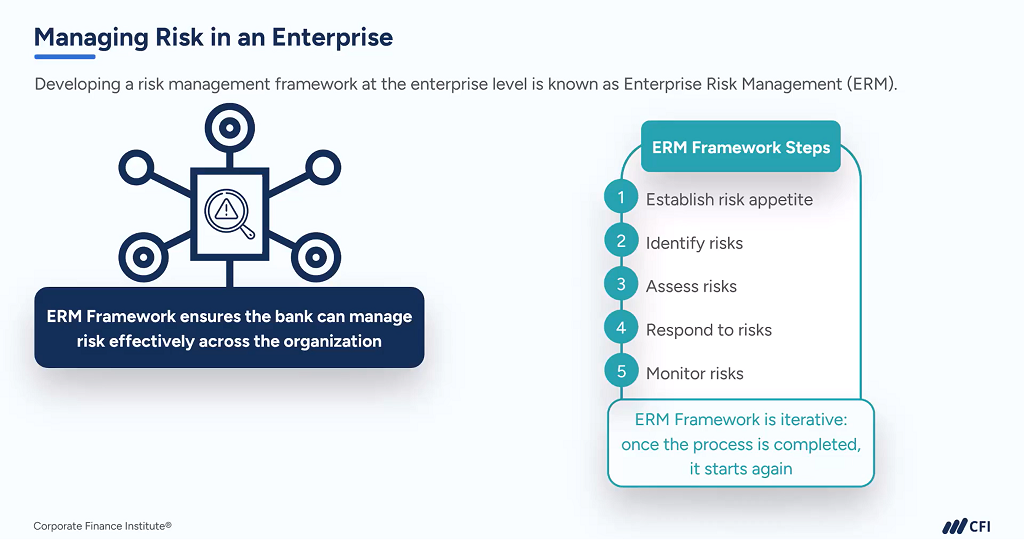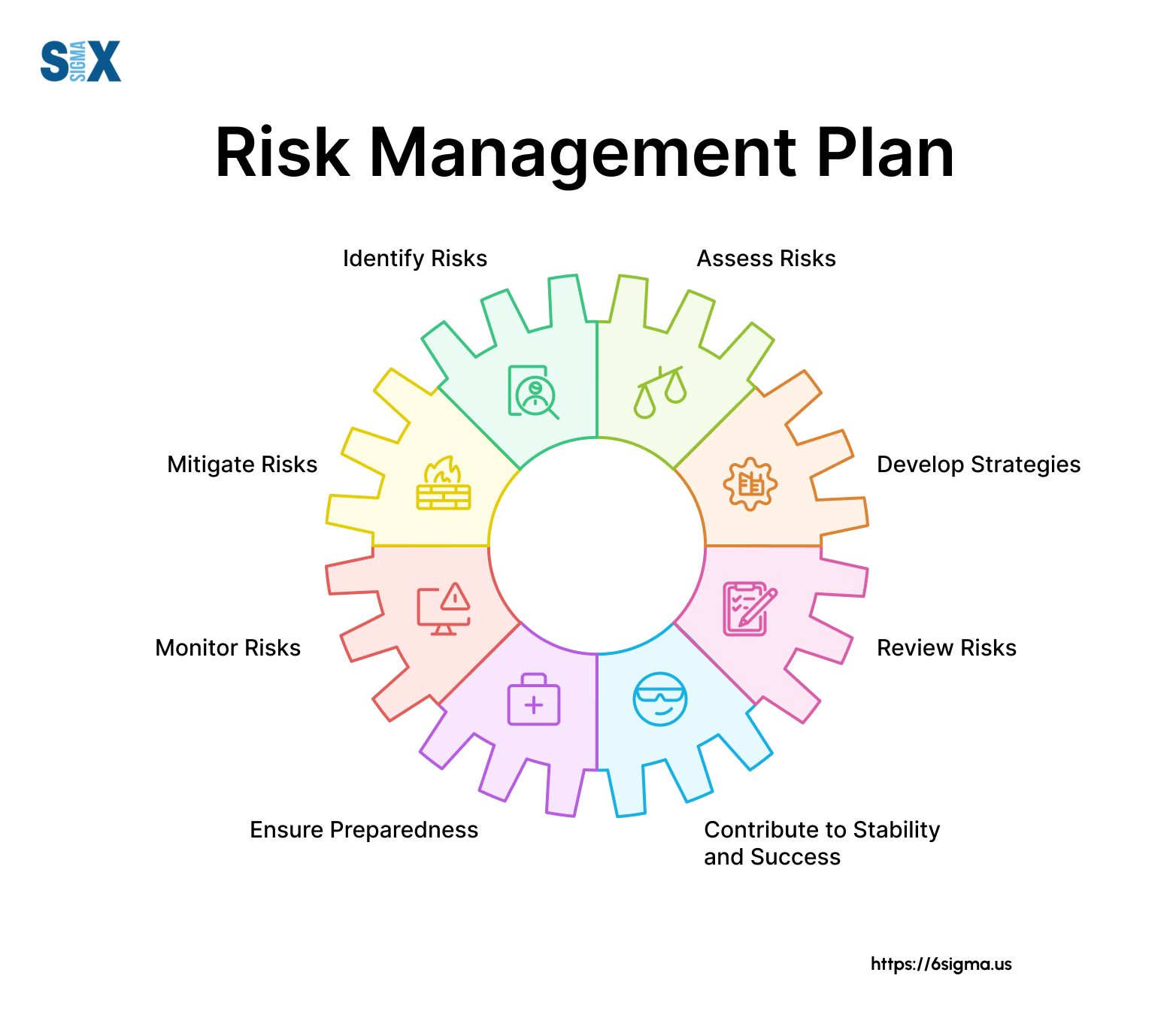How the Importance of Risk Management Shapes Effective Leadership
How the Importance of Risk Management Shapes Effective Leadership
Blog Article
The Crucial Importance of Risk Management in Achieving Business Objectives
This is where Risk Management actions in, offering a structured technique to recognizing, examining, and mitigating possible obstructions to proceed. As we check out the critical function of Risk Management in achieving business objectives, one can't aid however question: exactly how does this convert into real-world success?
Understanding the Idea of Risk Management in Service

The Indispensable Duty of Risk Management in Strategic Preparation
Integrating Risk Management into critical preparation acts as a secure for organizations, anchoring their long-term strategies with a solid structure of preparedness and resilience. Risk Management offers a structure for expecting uncertainties and designing appropriate reactions, making sure the company's survival and success even in the face of adversity. By integrating Risk Management into calculated planning, companies can transform these unpredictabilities into possibilities for growth and innovation.

Techniques for Identifying, Assessing, and Prioritizing Dangers
Navigating the facility landscape of risks requires the application of specific strategies for their prioritization, analysis, and recognition. The process starts with Risk recognition, utilizing tools such as SWOT analysis, which assists in pinpointing prospective risks and possibilities. Next off, Risk assessment is performed to determine the possible influence and possibility of each Risk. Devices such as Risk matrices and impact-probability charts are utilized for this. Lastly, dangers are focused on based on their potential effect and likelihood, allowing companies to concentrate their sources on critical threats. This systematic technique guarantees a thorough understanding of the Risk landscape, enabling organizations to make educated choices and properly manage risks to achieve their goals - importance of risk management.
Securing Business Workflow With Effective Risk Management
In the click this business landscape laden with uncertainties, reliable Risk Management plays an essential duty in securing business operations. By identifying and analyzing prospective pop over to this web-site risks, Risk Management makes it possible for organizations to establish durable backup strategies. Organizations need to invest in detailed Risk Management methods to safeguard their operations.

Transforming Prospective Threats to Opportunities: The Power of Risk Management
While potential dangers could initially look like obstructions to organizational success, reliable Risk Management can transform them into opportunities. A proactive strategy to risk Management entails identifying, evaluating, and prioritizing risks to develop methods that turn them right into potential advantages. This process requires the development check these guys out of a risk-aware society within the organization, urging individuals to watch dangers as possible catalysts for adjustment and growth, instead than plain risks. importance of risk management. Through this lens, prospective hazards become opportunities to innovate, improve processes, and reinforce strength. Hence, by leveraging the power of Risk Management, companies can not just secure their operations however likewise spur development and accomplish their goals in an uncertain service atmosphere.
Case Studies: Success Stories of Risk Management Driving Company Objectives
Effective application of Risk Management approaches has produced outstanding outcomes in various companies, highlighting the benefits of this strategy. Multinational companies like Microsoft and Google, as an example, have leveraged Risk Management to reduce risks and exploit chances, driving their company purposes forward. Microsoft's proactive Risk Management approach aided it pivot quickly during the 2020 pandemic, transitioning to remote work efficiently, consequently preserving efficiency. Google, by evaluating and reducing prospective threats in its cloud-based solutions, has actually ensured uninterrupted service, thus strengthening customer trust. These instances illustrate exactly how effective Risk Management can not just steer companies clear of possible mistakes yet likewise guide them in the direction of their strategic purposes. Thus, Risk Management is essential to the pursuit of business goals.
Conclusion
In final thought, Risk Management is essentially critical in accomplishing organizational objectives. By incorporating Risk Management into critical planning, services can much better browse uncertainties, guard procedures, and capitalise on possibilities, thereby aligning with long-term objectives.
At its core, Risk Management is the procedure of recognizing, analyzing, and addressing possible dangers that might negatively influence an organization's operations or purposes. Next off, Risk evaluation is performed to establish the potential influence and possibility of each Risk. Dangers are prioritized based on their possible effect and probability, permitting organizations to concentrate their resources on critical dangers. By identifying and assessing possible risks, Risk Management makes it possible for companies to develop robust backup strategies. An aggressive strategy to take the chance of Management includes recognizing, assessing, and prioritizing dangers to develop strategies that transform them right into potential benefits.
Report this page